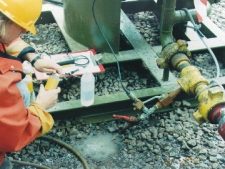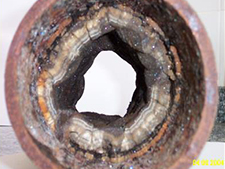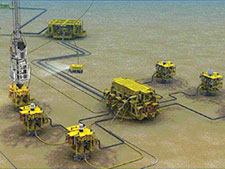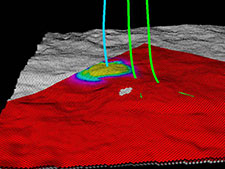For fields under waterflood, we use natural tracers in the injection water to identify injection water breakthrough and to quantify the fraction of injection water in the produced water stream. These data can be compared against the same values obtained from your reservoir model (run in ‘tracer mode’) with discrepancies being used to identify where the reservoir model could be improved.
In some fields, formation water compositions vary across the reservoir. We can interpret these variations to identify the potential causes. In some cases, they may be the result of variations in reservoir connectivity across the field allowing areas of higher and lower connectivity to be identified (including potential barriers to flow). Similarly, variations in formation water compositions from individual wells over time can sometimes be the results of changes in fluid flow directions in the reservoir. These results can be used to constrain the reservoir model and aid reservoir management.
Differences in the compositions of produced water from different producing zones can be used to estimate the water rates for each zone (water allocation). This information over time can again be compared against the same values obtained from your reservoir model to identify where the model could be improved.
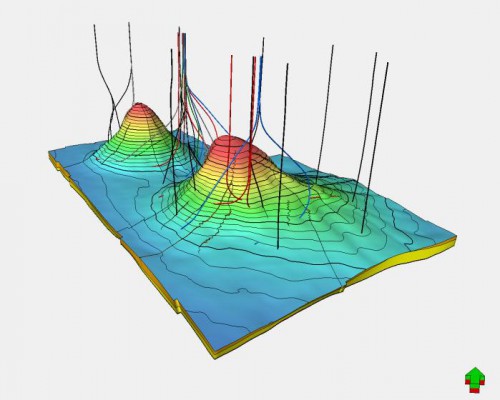
The Pierce Field, UK North Sea, where 87Sr/86Sr residual salt analyses allowed complex variations in formation water salinity across the reservoir to be identified (McCartney et al., 2013a)


